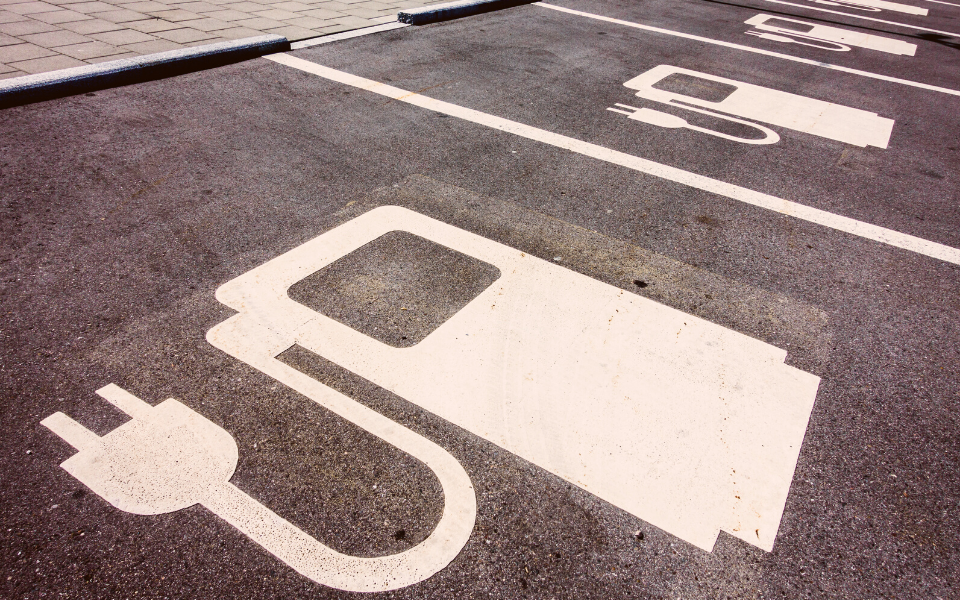The Electric Opportunity | The Future of the Industry

For the first time in history hybrid, plug-in hybrid, and electric light duty vehicles accounted for 11% of the sales in the fourth quarter of 2021. While much of this increase can be attributed to manufacturers increasing the number of hybrid and electric options, a clear trend has been illustrated over the past decade of higher supply and demand for EV and hybrid vehicles. Now, with record breaking fuel prices, inflation, and other economic duress from the pandemic, more and more car buyers are opting for electric. Ultimately, manufacturers hold the majority of the cards when it comes to the move towards electric, however there are still many opportunities for dealerships willing to transition their operations to focus on electric buyers and maintenance now. Here’s how.
Assessing your manufacturer(s)
Most car makers are either in the process of or have already released electric or hybrid models. With that said, while a few have been ahead of the proverbial curb, most have had a relatively slow response to the increasing demand for electric and hybrid vehicles. It’s important to take a good hard look at your manufacturer and consider the next 5-10 years. Are they prioritizing EV/hybrids? Does their supply chain and market share have a solid grasp on the EV market? If the answer to these questions is no, it may be time to consider expanding your offering by adding or changing to makers who do prioritize EV or to put pressure on your manufacturer to provide a clear path forward.
Evaluating your operation
Once you’ve established the manufacturer portion of your electric operation, it’s important to shift the focus inward to your dealership operations. As electric takes up more of the market, are you positioning your dealership, salespeople, and maintenance department as electric experts? Do you currently advertise or incentivize electric buyers to come to you? Does your parts department have a plan for shifting towards electric parts? Are your technicians and service people well versed in the technology, pitfalls, repairs, etc? If the answer to any of these questions was ‘no’, that is a great place to start. A shift this big is truly holistic in that you must both be continuously growing toward the new market while understanding that a total transition will take time. The most important thing is staying ahead of your competitors and making all decisions with the understanding of the trajectory of the trend.
Expanding your reach
If your operation is on top of the electric trend, way to go! At this stage, we advise you to consider how to corner the market and become your competitors’ providers. Wholesale sales both online and at your dealerships can be a consistent and profitable income stream. Currently, shortages have stifled new car sales making it nearly impossible for dealers to find the parts they need. Evaluate the situation in your local market and look for opportunities to stock high-demand electric parts. The secondary income stream of online parts sales alone could carry your dealership into success in the future of the industry.
How has your operations shifted with the trend toward electric? Leave a comment below!
We’ve created an extensive library of free e-books, DMS education, parts inventory education, and more editions of this series exploring industry trends and helping you prepare for the future of the industry.
Thoughts, questions, or opinions? Get in touch!

Submit a Comment
Your email address will not be published. Required fields are marked *